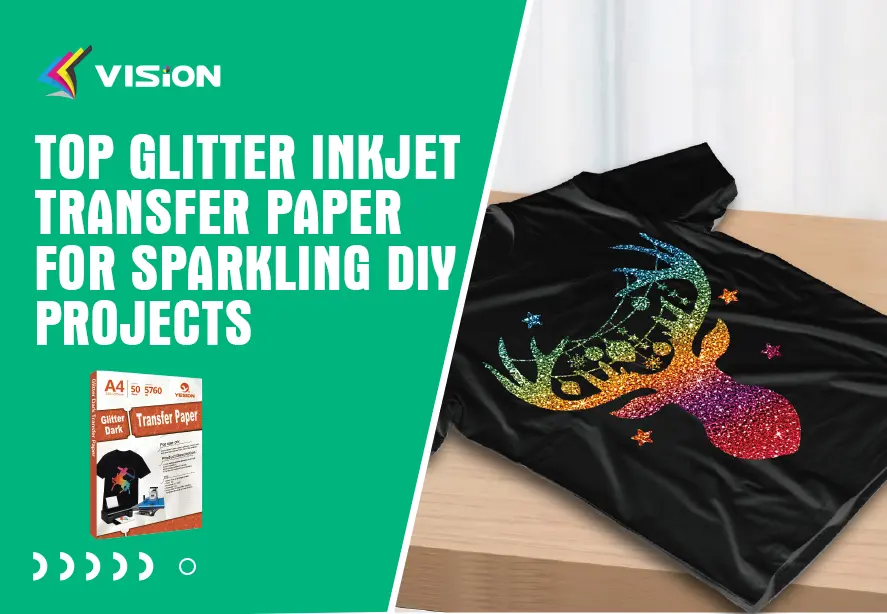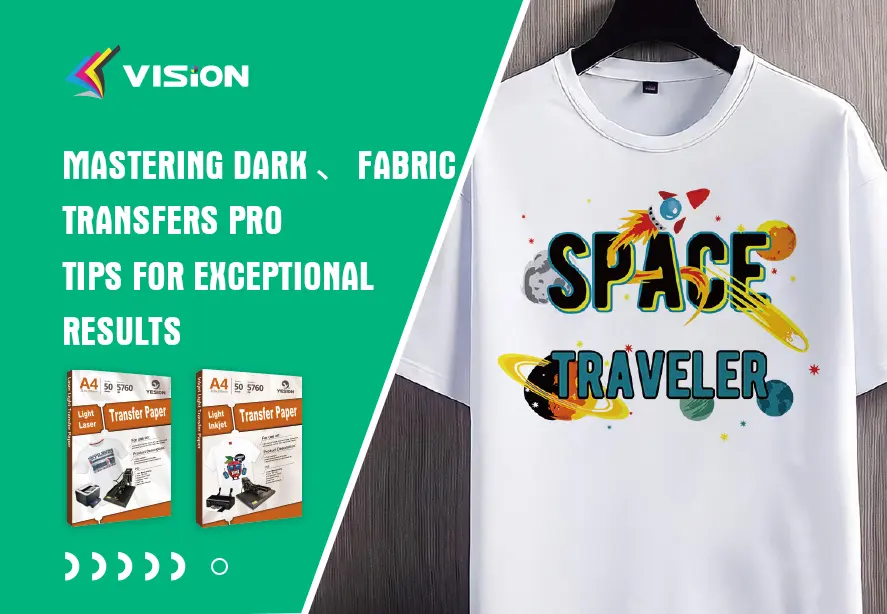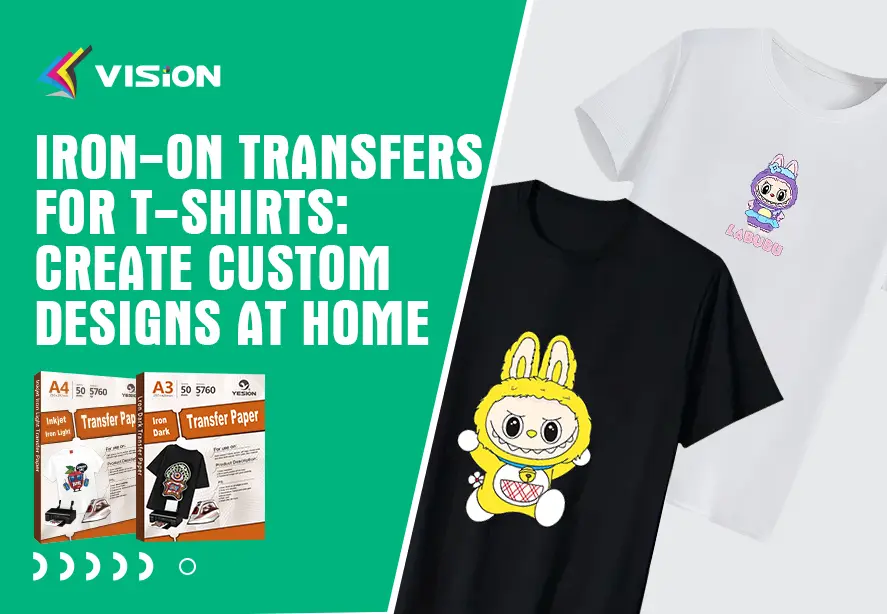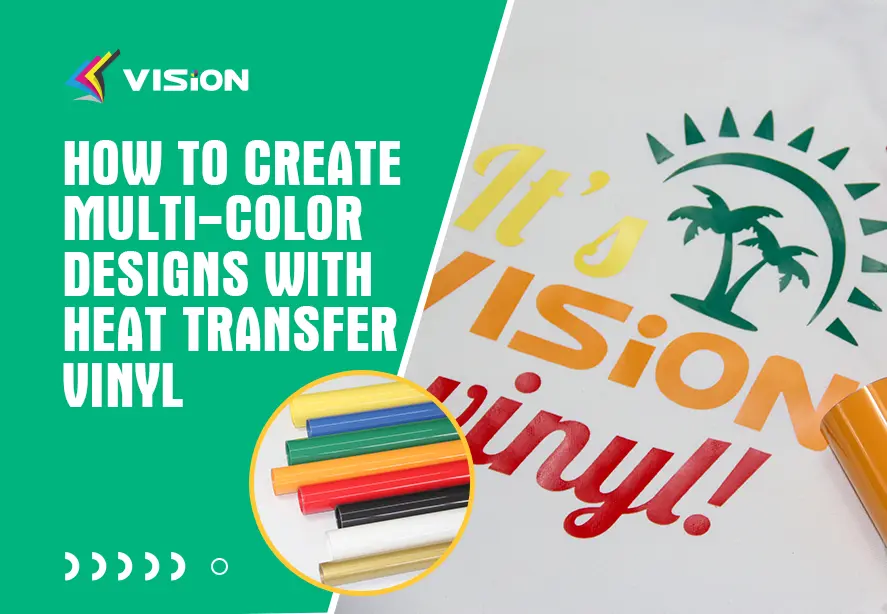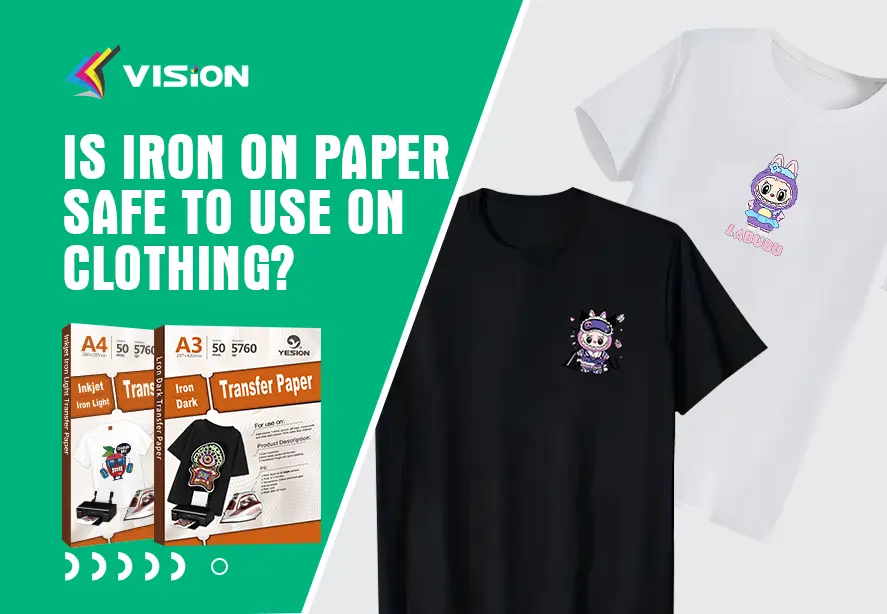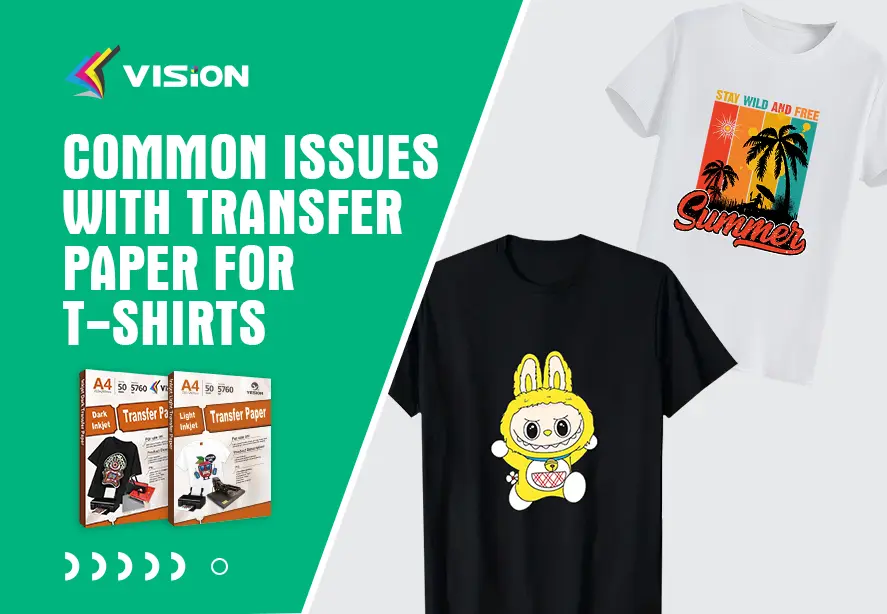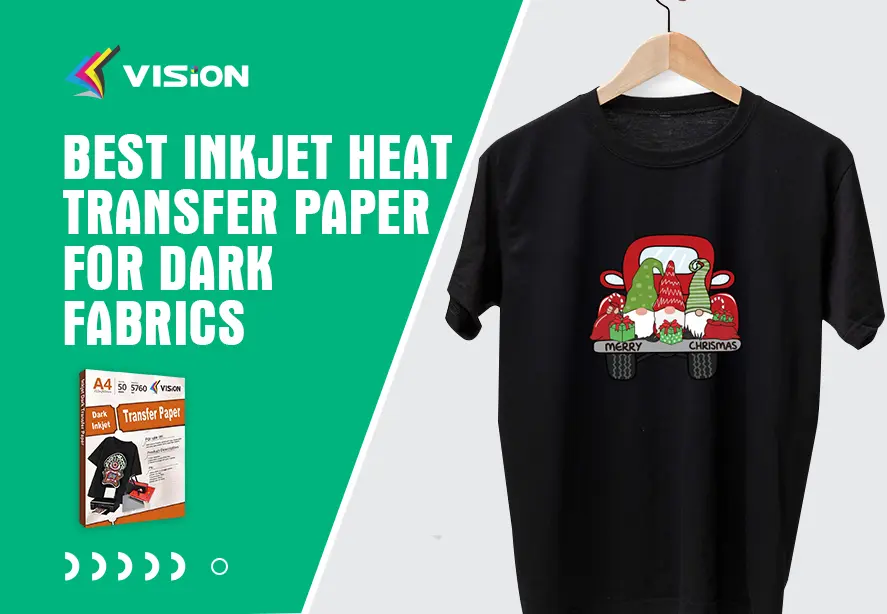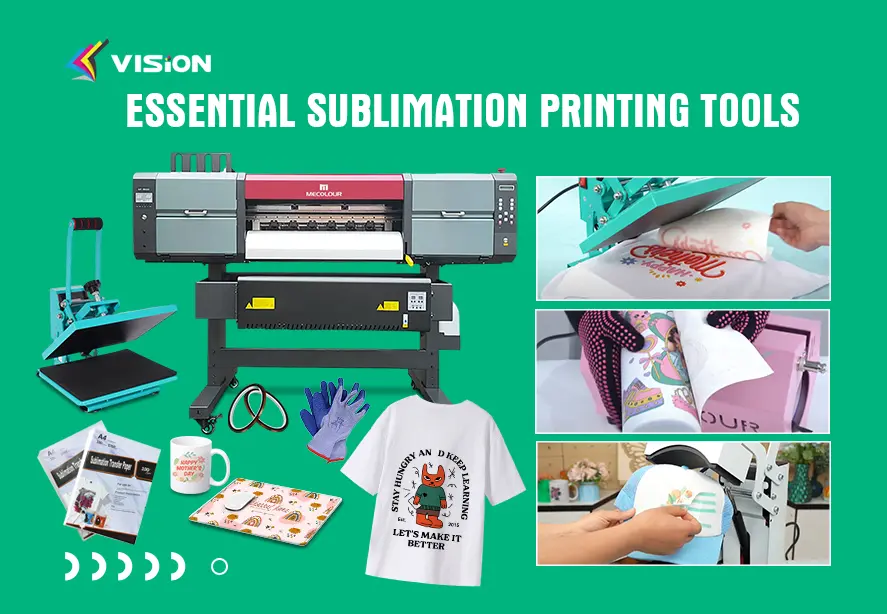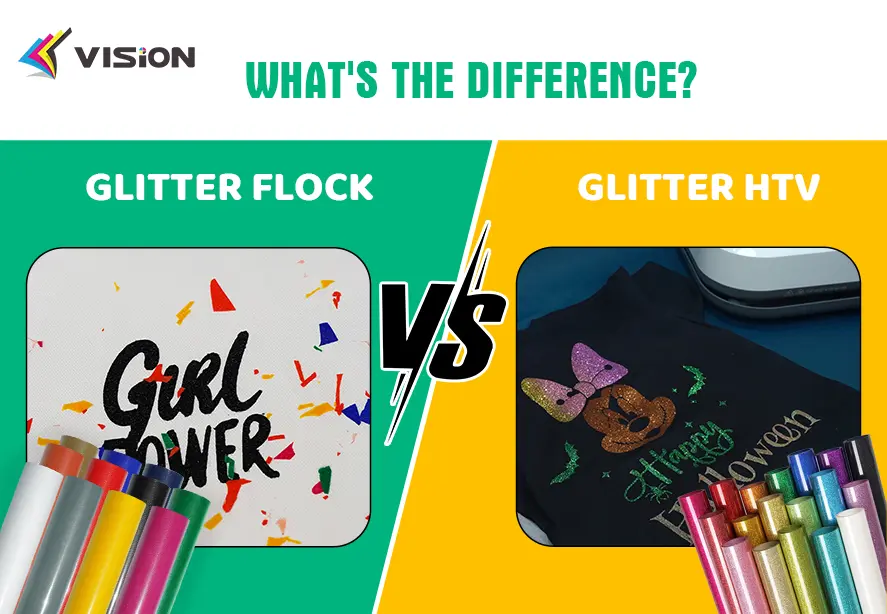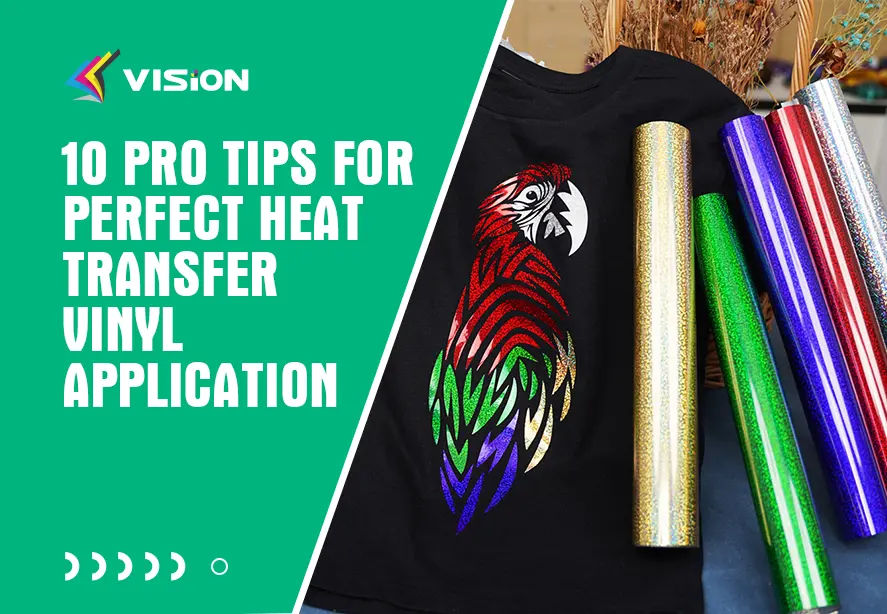
Blog
Do you need a special printer for fabric transfer paper?
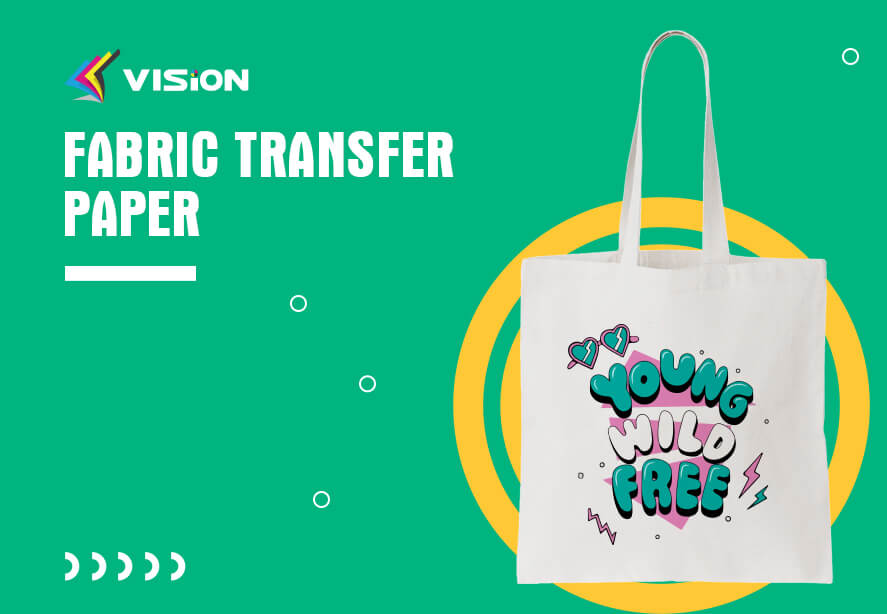
If you’re looking to create your own customized t-shirts, bags, or other fabric items, you may be considering using fabric transfer paper to transfer designs onto your chosen materials. Fabric transfer paper is a type of paper that you can print designs onto using an inkjet printer, and then transfer the design onto fabric using heat and pressure. However, not all printers are created equal when it comes to printing on fabric transfer paper. In this article, we’ll explore whether you need a special printer for fabric transfer paper and what you should look for in a printer if you plan to use it for this purpose.
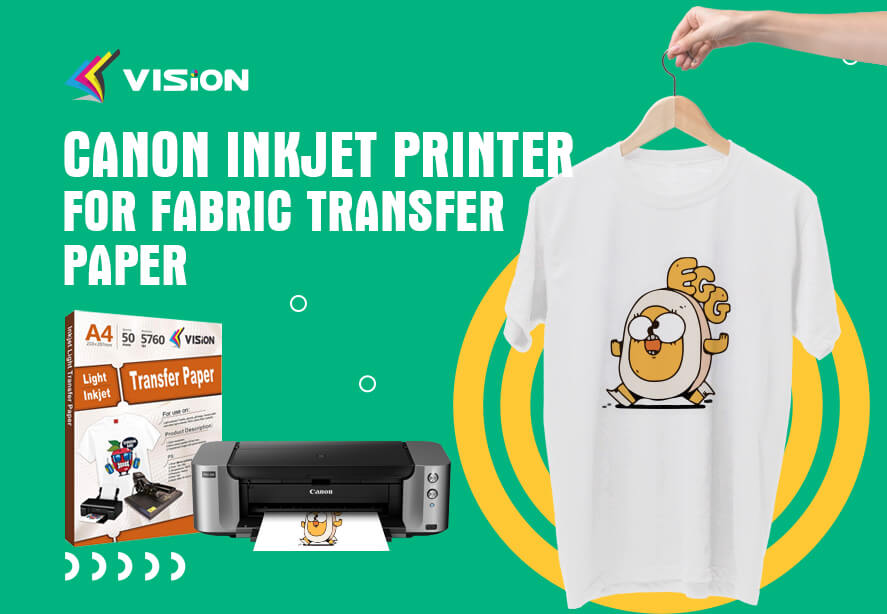
CANON Inkjet printer for transfer paper
Do You Need a Special Printer for Fabric Transfer Paper?
The short answer is yes, you do need a special printer for fabric transfer paper. Regular inkjet printers are not designed to handle fabric transfer paper, and using one can result in poor-quality prints that do not adhere well to fabric.
The reason for this is that fabric transfer paper is specially coated to hold the ink and transfer it onto fabric when heat is applied. However, not all printers are capable of printing onto this specialized paper. In order to print onto fabric transfer paper, you’ll need a printer that has certain features and capabilities.
Features to Look for in a Printer for Fabric Transfer Paper
If you’re planning to print onto fabric transfer paper, here are the key features and capabilities you should look for in a printer:
Inkjet Technology: Fabric transfer paper works best with inkjet printers, as they use liquid ink that can be absorbed by the special coating on the paper. Laser printers, on the other hand, use toner, which does not adhere well to the coating on fabric transfer paper. You should buy transfer paper suitable for laser printers.
High-Quality Printing: To achieve a clear and vibrant print, look for a printer that can produce high-quality images with a resolution of at least 300 DPI (dots per inch).
Wide-Format Capability: If you plan to print larger designs or patterns, a printer with a wide-format capability will be useful. Look for a printer that can handle paper sizes up to 13×19 inches or larger.
Borderless Printing: A printer that can print without borders will allow you to create seamless designs that cover the entire transfer paper, rather than leaving a white border around the edges.
Pigment-Based Ink: Pigment ink is ideal for printing on fabric transfer paper, as it is more durable and resistant to fading than dye-based ink. Look for a printer that uses pigment-based ink for the best results.
Manual Feeding: Some printers have a manual feed option that allows you to feed the fabric transfer paper through the printer one sheet at a time. This can help ensure that the paper is fed through the printer properly and that the ink is absorbed by the special coating.
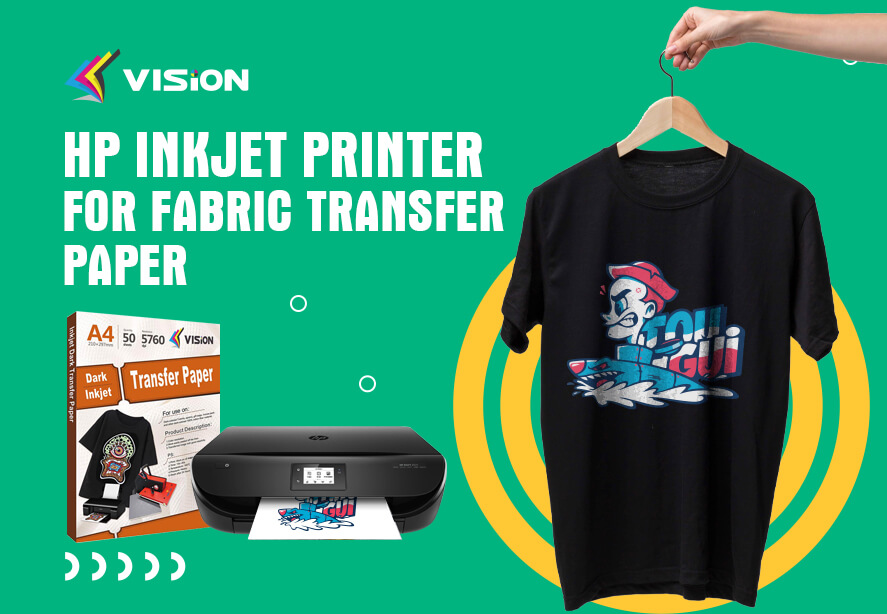
HP Inkjet printer for fabric transfer paper
It’s important to note that not all inkjet printers are created equal when it comes to printing on fabric transfer paper. Some lower-end inkjet printers may not have the necessary capabilities to produce high-quality prints on fabric transfer paper. If you’re serious about creating high-quality and long-lasting designs on fabric, investing in a higher-end inkjet printer is recommended.
Another consideration when using fabric transfer paper is the type of fabric you plan to transfer the design onto. While fabric transfer paper can be used on a variety of fabrics, some fabrics work better than others. Natural fabrics such as cotton and linen tend to work best with fabric transfer paper, as they have a more porous surface that allows the ink to be absorbed into the fibers. Synthetic fabrics such as polyester may not work as well with fabric transfer paper, as they have a smoother surface that can make it more difficult for the ink to adhere.
It’s also important to follow the instructions that come with your fabric transfer paper carefully. Each brand of transfer paper may have slightly different instructions for printing, cutting, and transferring designs onto fabric. Following these instructions carefully will help ensure that you get the best possible results from your printer and transfer paper.
In addition to a special printer, you’ll also need a few other tools and supplies to successfully transfer designs onto fabric using fabric transfer paper. These may include a heat press or iron to transfer the design onto the fabric, scissors or a cutting machine to cut out the design, and a hard surface to place the fabric on during the transfer process.
Here is a video about Vision heat transfer paper
More product information,please contact us anytime.
In conclusion, if you’re planning to use fabric transfer paper to transfer designs onto fabric, investing in a special inkjet printer designed for this purpose is essential. Look for a printer with the necessary features and capabilities, and be sure to choose high-quality transfer paper and follow the instructions carefully. With the right tools and techniques, you’ll be able to create professional-quality designs on fabric that will last for years to come.


